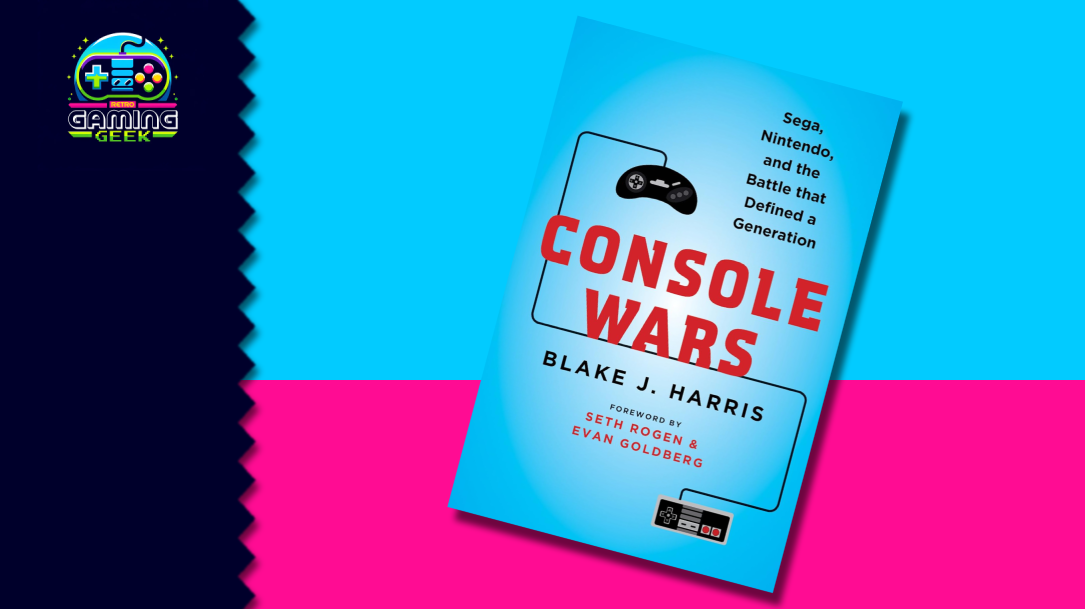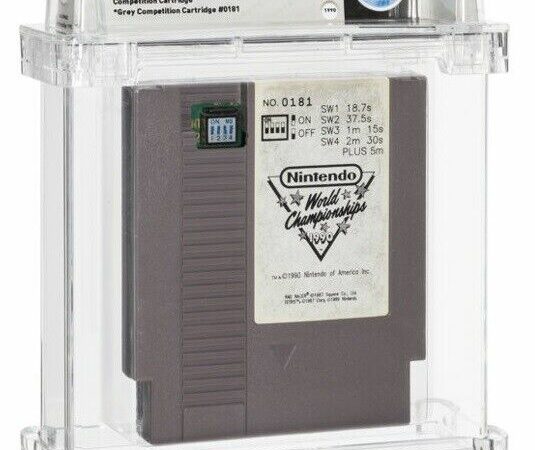Console Wars by Blake J. Harris: A Book Review

Console Wars: Sega, Nintendo, and the Battle that Defined a Generation
I admit that I was not ready for Blake J. Harris’ approach to telling the story of Sega and Nintendo’s intense rivalry in Console Wars: Sega, Nintendo, and the Battle that Defined a Generation. While it threw me at first, the narrative style soon sucked me in and I devoured the book. After finishing it, I wanted more.
Sega Vs. Nintendo: As Heated a Rivalry As There Ever Was
I’m unabashedly a Sega fanboy, and I had my horse in the console wars growing up. The debate was always which company and platform was better, with Nintendo having the early lead with the NES and Sega launching the 16-bit Mega Drive (Genesis) in 1989 to try to leap-frog the industry leader. Sega of America, under then president Michael Katz, was trying to punch Nintendo in the mouth with is famous “Sega does what Nintendon’t” campaign. Unfortunately for Sega, that campaign was falling flat on its face and led Sega Corporate president Hayao Nakayama to make a big change.
Nakayama wanted to bring in a new Sega of America president who had the pedigree to market entertainment to youths and adults alike. His pick was Tom Kalinske, the man who had just revived the Barbie and Hot Wheels brands for Mattel in the late 1980’s and then went on to turn around rival Mattel.
This decision, and Sega’s rise and fall from it, are the centerpiece of the book.

The Narrative Approach of Console Wars
First, there is a foreword by Seth Rogen and Evan Goldberg that reads like an improv skit. It’s fine, but doesn’t fit with the rest of the book. If you skip it entirely, you won’t be missing anything of value.
Then, the author’s note lays out how the book is going to read, and even with that, the first page still struck me when what I thought was going to be a straightforward telling of the console wars turned into a full 3rd person narrative. It’s a full story, written through the lenses of each of the main players in the console wars. You see things through the eyes of Tom Kalinske first. The book then goes on to feature other major players in the fight for video game supremacy. What’s interesting is the book takes their perspectives, jumping from one person to the next, chapter to chapter.

Some may find this confusing, as the point of view of the story keeps changing, but for me, it was perfect. Seeing Sega make a decision and then immediately seeing how Howard Lincoln or others at Nintendo saw and responded to it is a wonderful story-telling mechanism. It keeps you engaged in what seems like an intense tennis match with the ball constantly going back and forth on the court until one side lands a point. Only the ball is on fire, the court is lined with gunpowder, and the each player is fighting for their lives.
Most of the book is centered on Tom Kalinske though, as Blake Harris interviewed and got to know him over the course of three years. But Harris also brought in perspectives from other industry giants like Nintendo’s Howard Lincoln, Sony’s Steve Race (famous for simply saying $299 at E3), and many, many others.
Dialogue
The one thing that sticks out the most in the chapter-by-chapter retelling of the Console Wars is that actual dialogue is included in it. This is essential when telling a narrative, but since the book was written two decade after the events, the reader has to abandon some disbelief when reading the conversations that happen in the book. Did those people actually say those exact words? Probably not. But was it the gist of what those conversations were? Probably.
Once you get past the fact that the dialogue is fictionalized, the book reads really well. And as Harris did interview the vast majority of the people featured in the book, you have to assume that he’s trying to shape the dialogue in each of their voices.
Strategy, Hubris & Luck
Ultimately, the console wars came down to three things:
- The unique strategies Nintendo and Sega took
- The hubris of both companies, especially in Japan
- How certain turns of events played out well for some and horrible for others (read: Joseph Lieberman’s fight against video game violence)
The book plays on all three of these throughout, and how Sega’s underdog status gave them the ability to take insane risks, while the ultra-conservative Nintendo refused to punch back for a long time while Sega chipped away at its 90% market share.
At the center of all of it is Kalinske’s ability to strategize and hire amazing people to execute on the vision of where Sega of America wanted to go.

The book also dives into the external factors that shaped the video game industry, specifically Joseph Lieberman’s crusade to squash video game violence. That section of the book alone is great, especially how Nintendo decided at that point to take the gloves off. There is one thing Nintendo did during this time that made me literally put down the book in shock.
Console Wars is a Must Read
If you grew up during the console wars, you probably already have a favorite in it. Regardless of whether that favorite is Sega or Nintendo, Console Wars: Sega, Nintendo, and the Battle that Defined a Generation is absolutely worth reading.




